I picked up a sweet little aluminium box for a small USB powered DAC project...
...and while putting it together I noticed the side panels of the box were very cool to the touch, and made of thick aluminium with a promising looking design:
I've got a couple of potential ICs that might need cooling, depending on where the design/schematic takes me, and I was wondering how it might be determined whether or not the panels would be at all useful as heatsinks? I don't expect them to function nearly as well as an actual heatsink, but for smaller ICs (voltage regulators and the like) it would be handy to know the option is there.
Is there a way to mathematically calculate the thermal resistance of a panel like this, or is the best way to just run some temperature tests?

